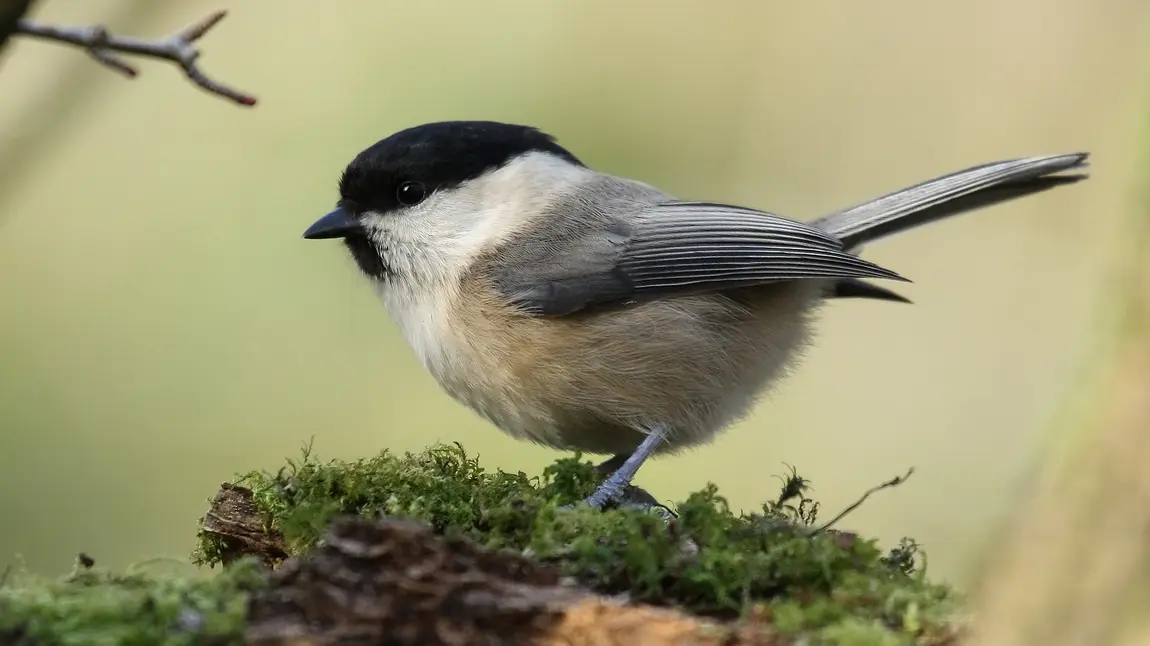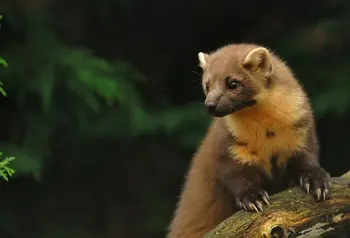Shake your tail feathers and celebrate National Nest Box Week!

It's the perfect time of year to get involved because many native birds are establishing their territories in preparation for the all-important breeding season.
Willow Tits back from the brink
This week Back from the Brink project volunteers have been out and about installing nest boxes for Willow Tits. England’s most threatened native bird won’t use traditional nest boxes, so the team have been trialling some alternative designs including hollowed-out birch logs compacted with sawdust to mimic deadwood. This allows the birds to construct their own cavities.
[quote=Sophie Pinder, Project Officer]“Natural nesting sites are especially important to maintain, as a lot of suitable sites for birds are declining at a rapid rate, as gardens and woods are being ‘tidied up'." [/quote]
There is no quick fix though, and the winter habitat works will continue to create suitable ‘natural’ habitat by leaving stumps to rot down, creating the right woodland conditions for Willow Tits to inhabit.
Find out more about the project and how to take part.
Barmy for Barn Owls
Over the last 70 years, Barn Owl numbers has severely plummeted across the UK as a result of change in farming practices and loss of traditional nesting sites through barn conversions and removal of hollow old trees. HLF-supported projects like Barn Owls: Vision On are helping to change this by installing large nest boxes.
5 Barn Owl facts from the Wildlife Trusts:
- Adult barn owls eat four to six small mammals each night
- They like fast food – voles, mice and shrews
- They swallow their prey whole
- Undigested fur and bones are coughed back up as a pellet
- Male barn owls give gifts of food to females during courtship
Find out about volunteering at your local Wildlife Trusts or sponsor your own barn owl.
Get involved
Many birds will use nest boxes, but different boxes attract different birds. You can find out which ones are suited to which species and where to place them on the British Trust for Ornithology website.
The RSPB have also created a handy guide to creating your own cosy starling home, so get making!

